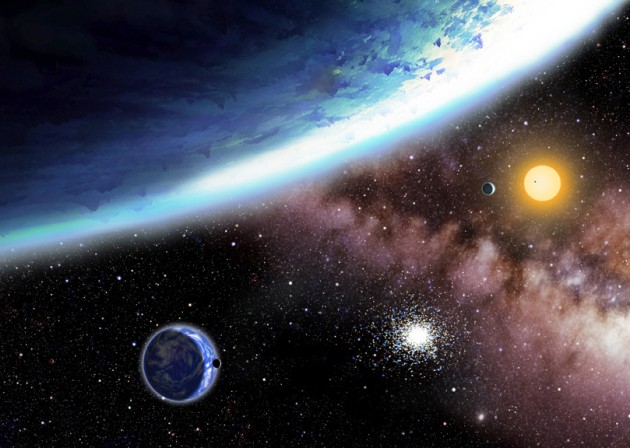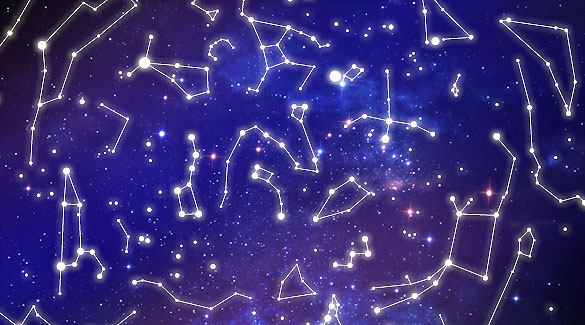Stamp: South Cross Constellation1999 (Argentina 1999)
South Cross Constellation1999 (Argentina 1999)
01 September (Argentina ) within release Sur Postal goes into circulation Stamp South Cross Constellation1999 face value 8.75 Argentine peso
| Stamp South Cross Constellation1999 in catalogues | |
|---|---|
| Michel: | Mi: AR A2499 |
| Stamp Number: | Sn: AR 2038 |
Stamp is horizontal format.
Five safety wavy cuts inside the stamp. Printed in mini sheets of ten stamps. MT E1.Stamp South Cross Constellation1999 it reflects the thematic directions:
Astronomy is a natural science that studies celestial objects and the phenomena that occur in the cosmos. It uses mathematics, physics, and chemistry in order to explain their origin and their overall evolution. Objects of interest include planets, moons, stars, nebulae, galaxies, meteoroids, asteroids, and comets. Relevant phenomena include supernova explosions, gamma ray bursts, quasars, blazars, pulsars, and cosmic microwave background radiation. More generally, astronomy studies everything that originates beyond Earth's atmosphere. Cosmology is a branch of astronomy that studies the universe as a whole. .
A constellation is an area on the celestial sphere in which a group of visible stars forms a perceived pattern or outline, typically representing an animal, mythological subject, or inanimate object
A star is a luminous spheroid of plasma held together by self-gravity. The nearest star to Earth is the Sun. Many other stars are visible to the naked eye at night; their immense distances from Earth make them appear as fixed points of light. The most prominent stars have been categorised into constellations and asterisms, and many of the brightest stars have proper names. Astronomers have assembled star catalogues that identify the known stars and provide standardized stellar designations. The observable universe contains an estimated 1022 to 1024 stars. Only about 4,000 of these stars are visible to the naked eye—all within the Milky Way galaxy.



